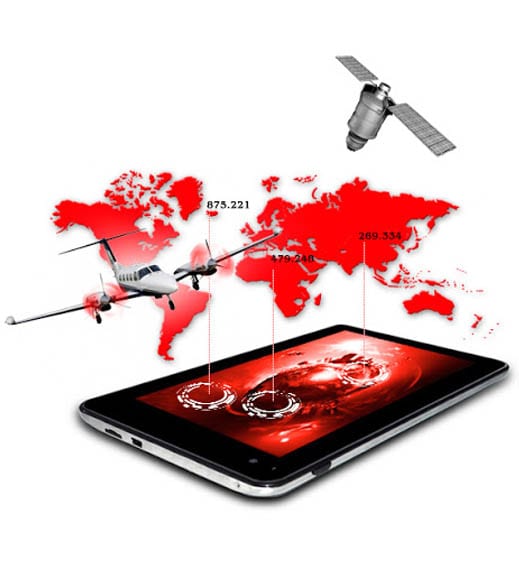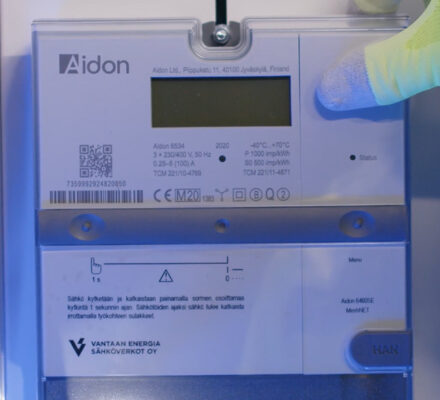
Every year, over $19 billion worth of passenger vehicles are stolen worldwide, according to Interpol. Most are never recovered.
There’s also a thriving global market for stolen agriculture and construction equipment. Construction equipment is often targeted because it is not secured correctly. Theft has increased by around 50%, as construction sites close or scale down due to COVID-19. According to rural insurer NFU Mutual, losses to British farmers from theft hit a seven-year high of £50 million in 2018.
GPS-based vehicle tracking systems are an effective way to quickly locate and recover stolen vehicles, construction equipment, shipping containers and other high-value mobile assets. Still, GPS alone isn’t enough. Obstructions — including those utilized by thieves to hide stolen vehicles and equipment, such as caves, shipping containers and underground garages — often block satellite signals. Thieves also sometimes jam GPS signals.
GPS tracking systems usually have cellular modules so they can report their location and movement. Cellular also can be triangulated, providing a second way to identify a location. However, cellular technologies have weaknesses, too, including vulnerability to jammers. Thieves also can transport vehicles and equipment to areas where cellular signals are weak or nonexistent.
No Signal? No Problem with GSM and GPS Trackers
That’s why Gannet Guard Systems developed a solution that leverages cellular and GPS strengths while providing additional tools to overcome their weaknesses. GanTrack uses GSM and GPS, with proprietary VHF technology providing an additional way to locate vehicles and other high-value mobile assets. (Click here for a video demo.)
If thieves jam all three technologies, Gannet provides special planes and radio-tracking vehicles to enable recovery. The GanTrack module can operate for three to five years on its batteries. This design eliminates the problem of thieves disconnecting a vehicle’s battery to disable traditional cellular and GPS trackers.

Based in Warsaw, Poland, Gannet has a 95% recovery rate and typically locates mobile assets under 24 hours. For example, a rental car company in Poland reported a stolen Audi RS5. After the GPS signal disappeared, Gannet used a direction-finding aircraft to locate the coupe in just six hours.
Toyota Motor Poland is among the companies that rely on Gannet to protect their vehicles and other mobile assets.
During several years of cooperation, GGS S.A. has become known as a reliable and professional company in the field of preparation of the monitoring process and protection of the property belonging to the company’s customers.
Michał Zieliński, Toyota Motor Poland Service Manager
The Telit Advantage
Gannet uses a variety of Telit solutions:
- The GL865 DUAL V3 module supports GSM/GPRS in the 900 and 1800 MHz bands, enabling broad coverage throughout Poland and the rest of the EU. It has an ultra-compact form factor, making it ideal for GanTrack, which is designed to be hidden inside mobile assets and difficult for thieves to find. The GL865 also has a general-purpose input/output (GPIO) that uses just 1.8 V, which maximizes battery life and jamming detection.
- The JF2 GPS module provides highly accurate location information at tight intervals.
- SIM cards with data service streamline deployments.
- Management services enable tasks such as device positioning, usage profile and device troubleshooting.

This combination of hardware, software and services also helps Gannet differentiate GanTrack in the crowded location-tracking market.
By adding a GSM/GPS modem from Telit to our GanTrack tracking device, our service has become more effective in various situations when locating vehicles after theft. We have also lowered the tracking costs a lot, since, thanks to GSM location, we can sometimes narrow down the search area.
Dariusz Kwakszys, Gannet IT Manager
Toyota Motor Poland is among the companies that rely on Gannet to protect their vehicles and other mobile assets.


